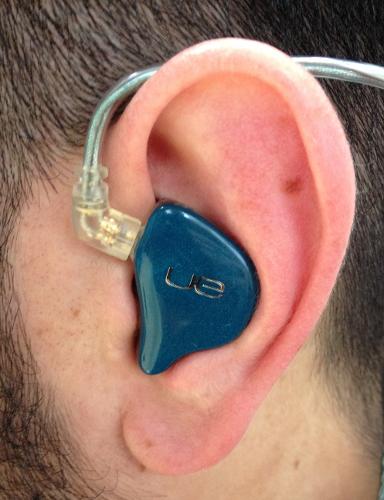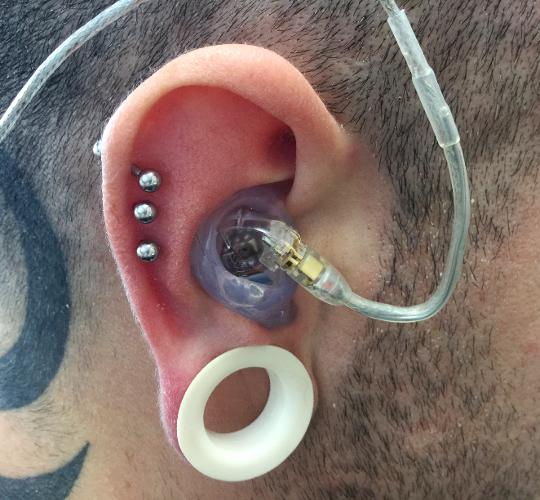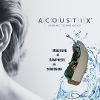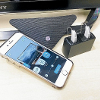Why should I buy a custom IEM when I can just add a custom fit tip to the universal in-ears that I’m currently using?
- Jun 19, 2013
We asked the experts at Ultimate Ears Pro this tough question and have received this interesting explanation:
There is a lot of misinformation about custom fit tips and it’s time to set the record straight. Don’t do it! This is a bad practice for a number of reasons.
First of all, adding a custom fit tip alters the sound. When you change the effective canal length, you change the sound signature of any universal fit IEM. Let me explain. Sound signatures are created by the combination of multiple factors including the type and configuration of the balanced armature, the filters and dampeners used, and the tube length from the armature to the end of the sound bore. When you replace the silicone or foam tips with a custom fit tip, you are essentially changing the distance that the sound travels and by doing so, you throw off the entire tuning.


If you want the increased isolation or the added comfort of having a custom sleeve, I strongly urge you to buy a custom in-ear monitor. Instead of just replicating your canal, custom IEM’s are molded to the exterior of your ear as well so they block more noise and are even more comfortable than a universal earphone with a custom fit tip.
But more importantly, a custom in-ear monitor allows the lab to hand tune your sound signature specifically for your ears. Each balanced armature is perfectly set in accordance with creating the fullest and best sound for you. Each custom IEM is tuned just for you based on the shape and size of your ear. Comparing a dual driver universal fit IEM to a custom made IEM is like comparing an apple to a watermelon; they just aren’t the same thing.
Lastly, universal IEM’s serve their own purpose without needing to be converted into customs. Universal IEM’s are great to have on hand for back-ups or in situations when multiple guest artists will be sharing the stage. But if you are seriously considering making the transition into personal monitoring systems, invest in a set of custom in-ear monitors.

Thomas Müller – Chief Hearing Technologist
Thomas' key area of expertise is in the technology of rehabilitative audiology and he has a long and substantial history of providing consulting advice to various audiologists and other hearing specialists on all aspects of this area.








